Performance - Music
Contents
I like to keep my stereo listening in a dedicated room. This is mostly due to the (negative) effects of having multiple “idle” speakers in a room during 2-channel listening. Although I don’t have any data to back this up, I’ve done plenty of listening tests. Aside from only two speakers being active, there are minute movements in the drivers of the other eleven speakers as the music plays. The consequence of this is a higher noise floor and a more congested soundstage.
That said, listening in Pure Direct mode with the Denon AVR-X8500H was more fun than I expected. I actually didn’t feel anything was musically astray from hours upon hours of listening.
Before we get into the impressions, I want to mention a little bit regarding setup. So before performing the Room EQ, I made sure the left and right channels were set up properly – with a perfectly placed phantom center.
There are three stereo modes:
- Stereo (with room correction)
- Pure (no room correction)
- Pure Direct (no room correction)
As far as 2-channel listening goes, Pure Direct is leaps and bounds better than the other modes. Even Pure mode sounds flat and veiled in comparison. Pure Direct shuts down anything not related to sound quality – including the video path and screen. And it makes a huge difference.
Google Assistant and Alexa
I did all my listening with Tidal and Spotify. With the free HEOS app, you could tie in all your music services. Including Tidal and Spotify.
The AVR-X8500H supports Spotify Connect so you’re able to stream directly from the app on your phone or computer.
For Alexa, all you have to do is add HEOS as a skill. For Google Assistant, the trick is to set the “Device Name” to one of the canned names in the HEOS app. Google Assistant actually looks for this name, and not the name set in the Google Home app. This will also be the name that Spotify Connect will see.
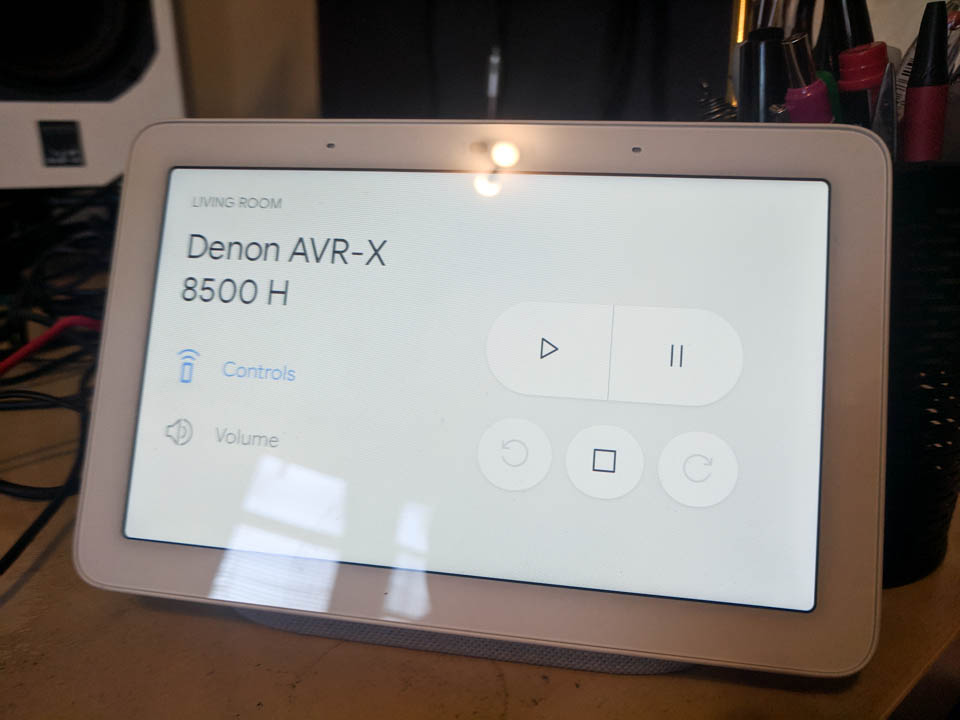
Once I’ve set the name to “Theater” volume and playback controls work perfectly with voice.
- Hey Google, play the next track.
- Hey Google, lower the volume on Theater.
I usually end up just controlling playback through my phone anyway. Although voice commands through a Chromecast Audio came in handy at times.
Currently, Alexa functionality is more extensive in comparison to Google Assistant (changing inputs, playback control, and specifying the music service), but the Google Assistant portion will be getting an update soon.

Stereo Upmixers
There’s something to be said about using stereo
The first thing I noticed was how enveloping the music was – in a nonintrusive way. The effect wasn’t artificial-sounding but was instead mesmerizing and addictive. The eleven speakers (wides are off) disappear and you’re able to visualize and feel the scale of the performers and instruments.
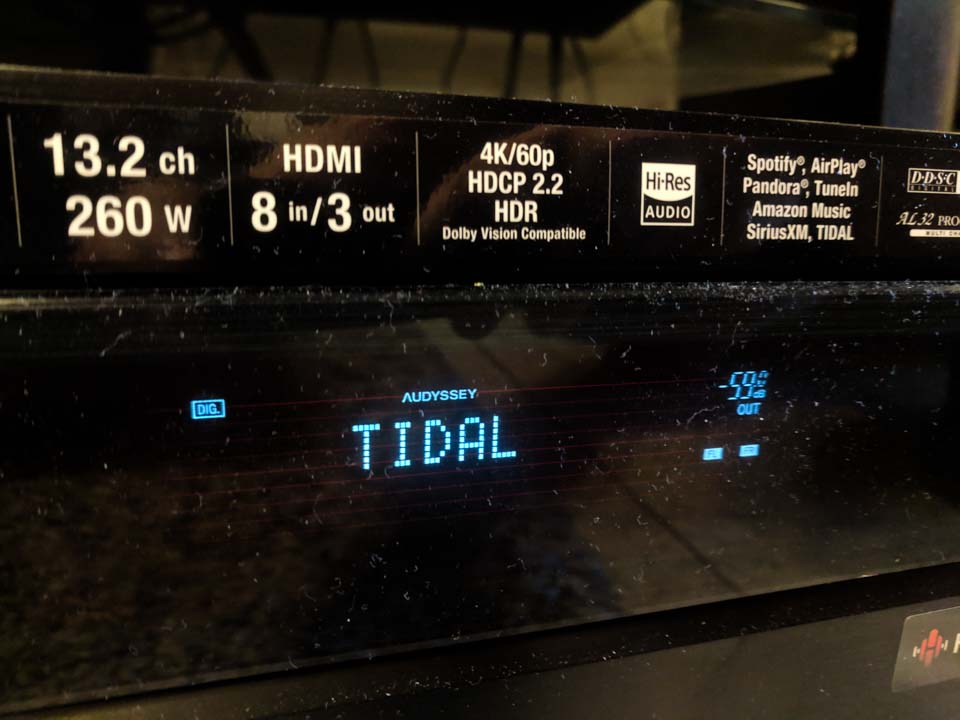
The way the algorithm decides how to pan certain acoustic cues and nuances was nothing short of “intelligent.” For example, The Weeknd’s Dark Times. That rhythmic strum of the electric guitar passes from behind you and thins out towards the front as his voice comes in solid from the center. You can’t quite localize it to the center channel – which wasn’t a bad thing. It sounds more like it’s coming from a floating hologram. A visceral experience with tangibility and weight. Even a hardcore audiophile could smile at something like this.
Moving back to the Pure Direct mode and the illusion goes away. Although there is more solidity, coherence, and texture in 2-channel listening – you kind of miss being bathed in the theatrics of the Dolby Surround
External DACs and Amplifiers
As far as the DAC, I’ve found the built-in AKM to be both very resolving and musical. An external DAC improves sound quality, but you’d have to spend a nice chunk of change. In Pure Direct mode, I found 2-channel listening to be enjoyable with no glaring faults.
As I swapped in and out a few DACs, it’s clear the AVR-X8500H is able to handle amplification duties with finesse. The dynamic drive of the AVR-X8500H complemented the B&W CM9s with ease. It also brought in a layer of clarity and depth I don’t recall hearing previously on this system (with the AVR-X7200WA and others). Denon has done a fine job with the output stage of this receiver.
I didn’t find myself itching to use an external stereo amplifier. The AVR-X8500H supplied more than enough power for my room. It’s transparent and provides an ethereal sense of space and air. As long as you’re not trying to drive giant speakers with built-in subwoofers, you should be more than fine. If you are looking for something with a lusher sound – the Benchmark AHB2 power amplifier ($2,995) is fantastic.
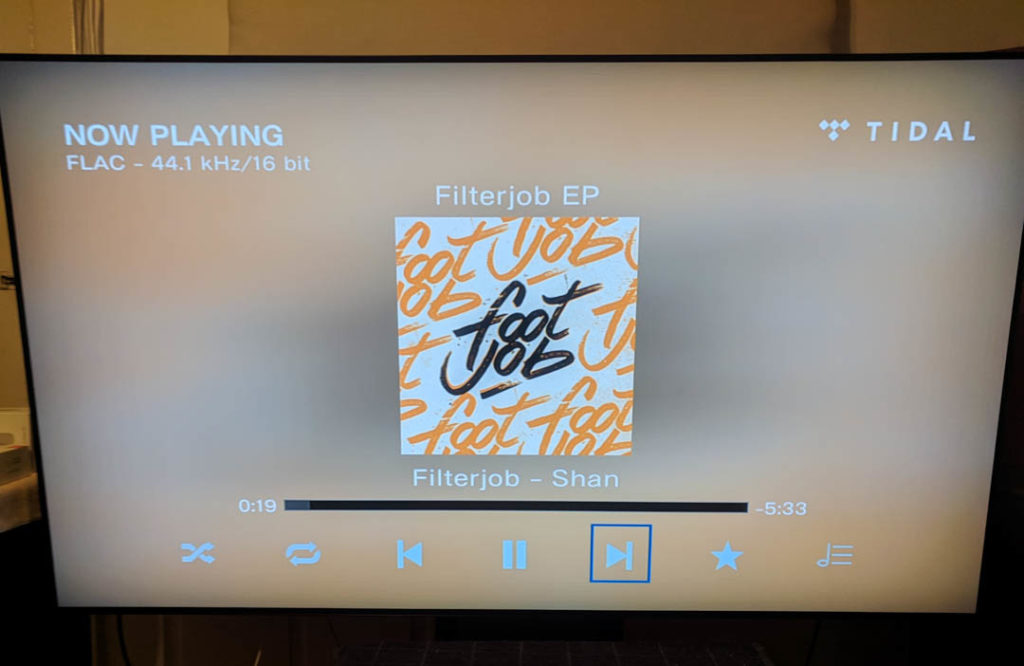
Listening Notes
Lossless Tidal streams were played without any hiccups and it sounded superb – way beyond what my expectations were for an AVR. I never felt the sound was analytical or sterile. It had nice sweetness in the treble, a detailed midrange, and a surprising level of tonal contrast. This culminated in a great sense of depth and speed. Bass was punchy and exhibited some nice textural cues.
Eva Cassidy’s Take Me to the River is one of my favorite toe-tappers. Rapid cymbal taps had the proper shine and vibrancy while snappy drums and guitars never obscure the beautifully textured vocals. Imaging was pristine and the soundstage was layered out naturally.
The rendition of The Scientist by Corinne Bailey Rae was played with buttery smoothness. The leading edges and heft of the piano notes were made apparent while the midrange was presented with control, focus, and delicacy.
Overall I felt the AVR-X8500H struck a difficult balance between resolution and tangibility. I’m a bit of a stereo snob and I was able to listen for hours without fatigue or disinterest. The engagement factor was pleasantly high.

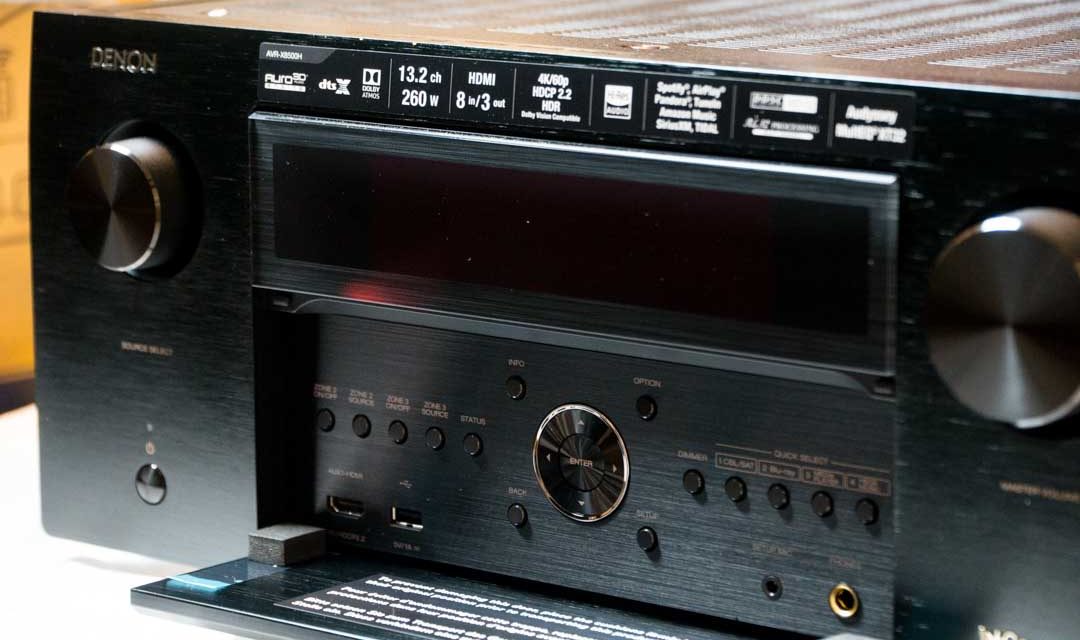



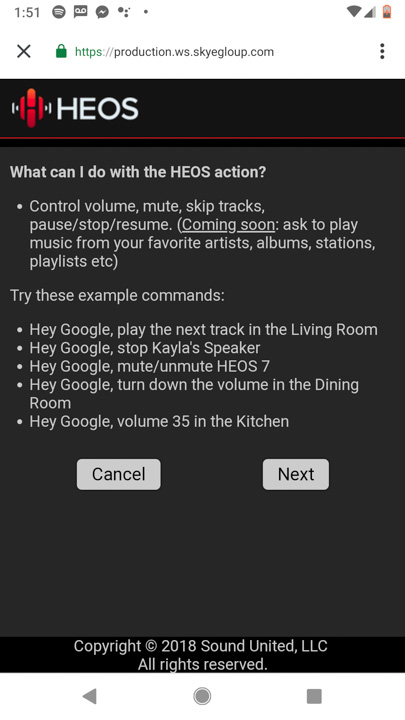
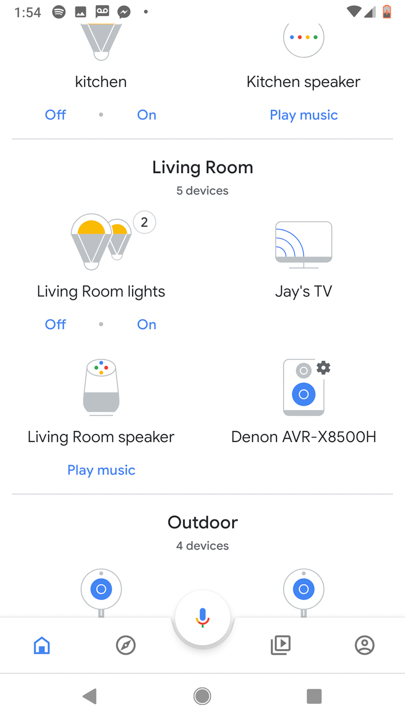

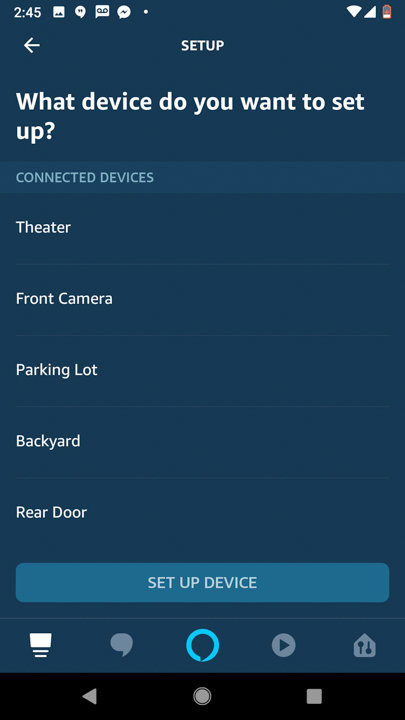
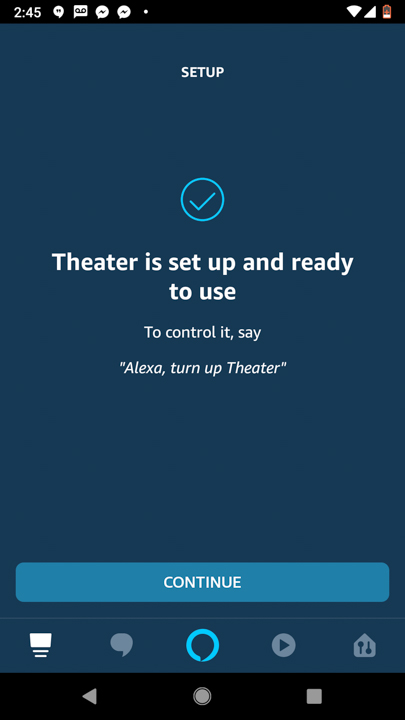
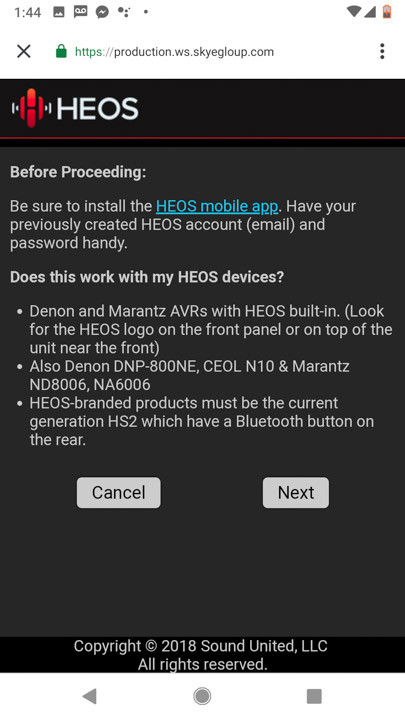
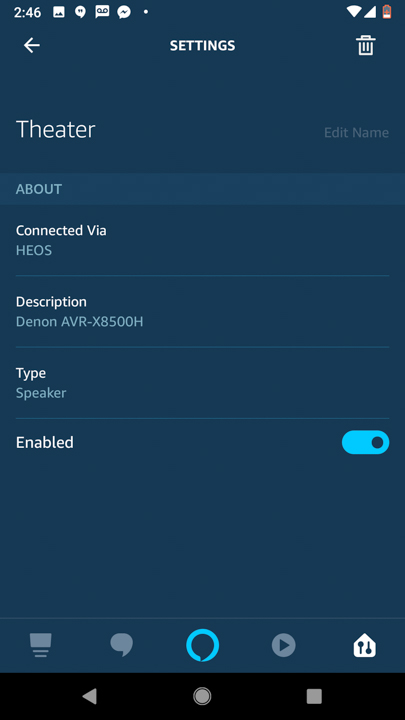


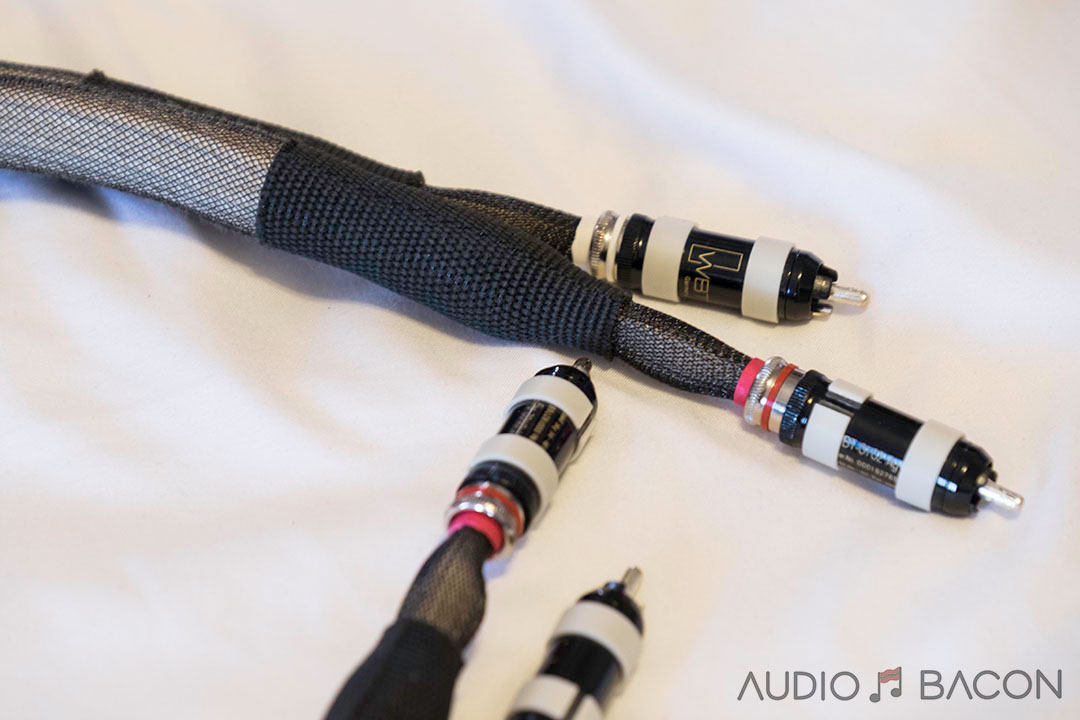
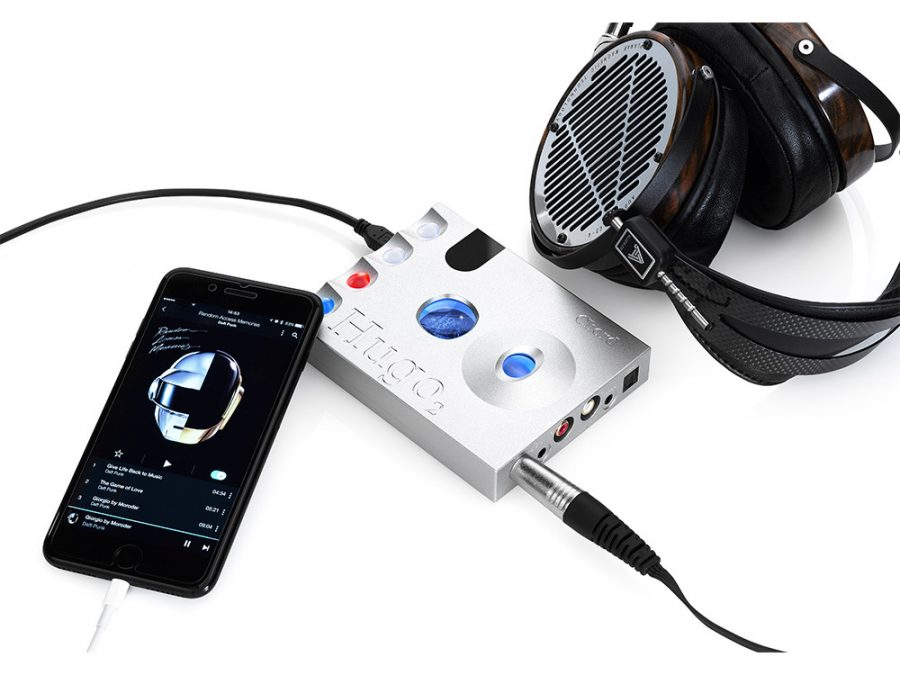
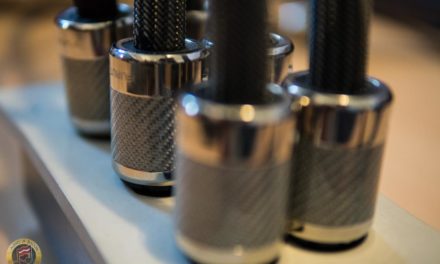


I’ve been enjoying your site for some time now. I really enjoyed your video coverage of what I think was rmaf. Can I ask you to make some comparison of the sound quality to two channel electronics? I see that the AVR-X8500H is 4,000$. Without out holding you to any complicated analysis can you approximate what price range you’d be in to have a comparable sound quality from any known two channel set up?
thanks for your time..
Ben.
Hey Ben,
If you’re talking about getting something close to the AVR-X8500H for stereo, the NuForce STA200 is great choice and is only $500. As you’ve probably guessed, amplifiers all have their own character. It depends on what you’re trying to do for your system. If you’re looking to warm things up, the Benchmark AHB2 is fantastic. If you prefer more balance with a touch more shine, perhaps the Chord TToby. If you’re looking for something silky and smooth, the First Watts are nice. I personally wouldn’t buy an amplifier until I was able to audition it for a few days at least. Many of these dealers allow in-home auditions so that’s the route I would go.
Best,
Jay
Hi Jay,
Great article. I am looking to install a system similar to yours but don’t have enough time or talent to want to do it myself. Can you recommend a professional/dealers in Los Angeles that can do the installation of such a system and set-up. I will be working with an empty room since this will be in a house to be ready by summer.
Thanks !
This is not really a fair comparison.
The 7200 costs around 50-60% of what an 8500 currently costs. So, I hope indeed the 8500 is better than the 7200, but for me personally if the sonic differences are so subtle, I wouldn’t upgrade to the 8500 as a sound upgrade.
Sonic differences aren’t subtle. The 8500 is cleaner and more resolving while the 7200 is warmer and cozier. If you don’t need 13 channels, it comes down to preference.
Thank you for an incredibly detailed and painstaking review.
I own a Denon AVC-A1HDA which has stopped working; and the local Denon service centre is finding it difficult to repair. It is a superb-sounding amplifier and I dont need more than 7 channels, so should I replace it with the 8500H? How do they compare sonically? Also, have you heard the new Rotel multi-channel amp/receiver?
8500H = quieter and more detailed. More spatial clarity and transparency. TBH, the 7200 sounds great out of the box – warmer, denser, but less resolving. Unless you prioritize resolution – the 7200 may actually work fine for you.
Hey Jay! great review! I was curious how the preamp performed? I’m coming from a Marantz 7703 and want to add some front wides, my plan, use the 8500H onboard amp to run the front and the pre outs to my outlaw amps to complete the 11.2.
Thank you, Todd! At one point, I ran the front height preamps to an old Audio Source amp and rears to a wireless Rockfish box. Works flawlessly with no issues. I didn’t do any hardcore A/B, but it sounded cleaner and more resolving than the 7200 as a preamp. I LOVE the flexibility of the 85000H. Which Outlaw amps do you have?
I have 2 Outlaw 5000, I was seriously thinking of the Marantz 8805, however the Denon would allow me to expand to 13.2 without buying additional amps 🙂 I figure with the 2 HSU VTF-15H MK2 s things should integrate well.
Very nice amps! Great choice on the HSUs. I think having 13 channels of processing with amplification in a relatively small package – is simply unbeatable. Not just for smaller spaces, but for the potential headaches that come with having too many amps. If you have a much larger space – then the Marantz AV8805 probably makes a lot more sense.
I’m pretty hardcore, but practical, about my home theater. As long as the gear doesn’t take away from the experience. I’m good with that. Changing out the power cord adds that bit of warmth to the clarity on the AVR-X8500H – and I’m loving it.
Unfortunately, the audiophile world is very different. lol.
Thanks for the great feedback! I’m gonna be one of those guys who’s going to question the power cable difference but now i’m curious, what cable would you recommend and is there anything reasonable priced? lol FYI my room is roughly
18X13 with a 12′ ceiling that slopes a bit, the 8500H will be here on Monday 🙂
That’s a decent sized room for sure. I totally get it. I used to be so cynical about cables – but heard them for myself.
Hm, I think the Vovox Textura is pretty good. It masks some of the detail but does provide warmth. I’m actually using a DIY’ed Furutech DPS-4. You could use cheaper connectors and I think it complements the sound well. I’m working on a DIY project with the Neotech NEP-3200 wire. https://www.vhaudio.com/wire.html#neotechpower
Yeah, that should be fine. Even when I’m driving 13 speakers, I don’t think I draw more than 6 amps from the entire system (with TV, oppo, etc). Obviously, it depends if you’re satisfied with the output. P=IV means ~2,200-2,400 watts of power.
I do have one more question regarding power, I have the 2 5 channel Outlaws on a dedicated 20amp outlet, ( 9 channels used with everything crossed over at 80Hz) could I add the Denon to the same outlet without an issue? I would only be using 2 channels to power the front wides. Thanks again for your help!
Thanks for all the input and help Jay! who knows you may turn me into a cable snob soon enough!
Hey Jay! I am so unsure of what settings to use for both video and to get the best sound quality as possible when Playing some movies.. Do you have a guide or know one that I could use? Just got it, and have a Dali Rubicon 5.1 at the moment
Great sounding (and looking) speakers. I preferred to have a warmer sound so I use the Furutech DPS-1 on the AVR-X8500H. If you prefer a transparent and detailed sound – it’s great out of box with just the basic mic setup.
Is the rotel 1585 be a good match with the Devon?
When using a power amp are you able to shut off the 5 internal amp LCR Surround and use the Denon internal amp for the rest of the speaker?